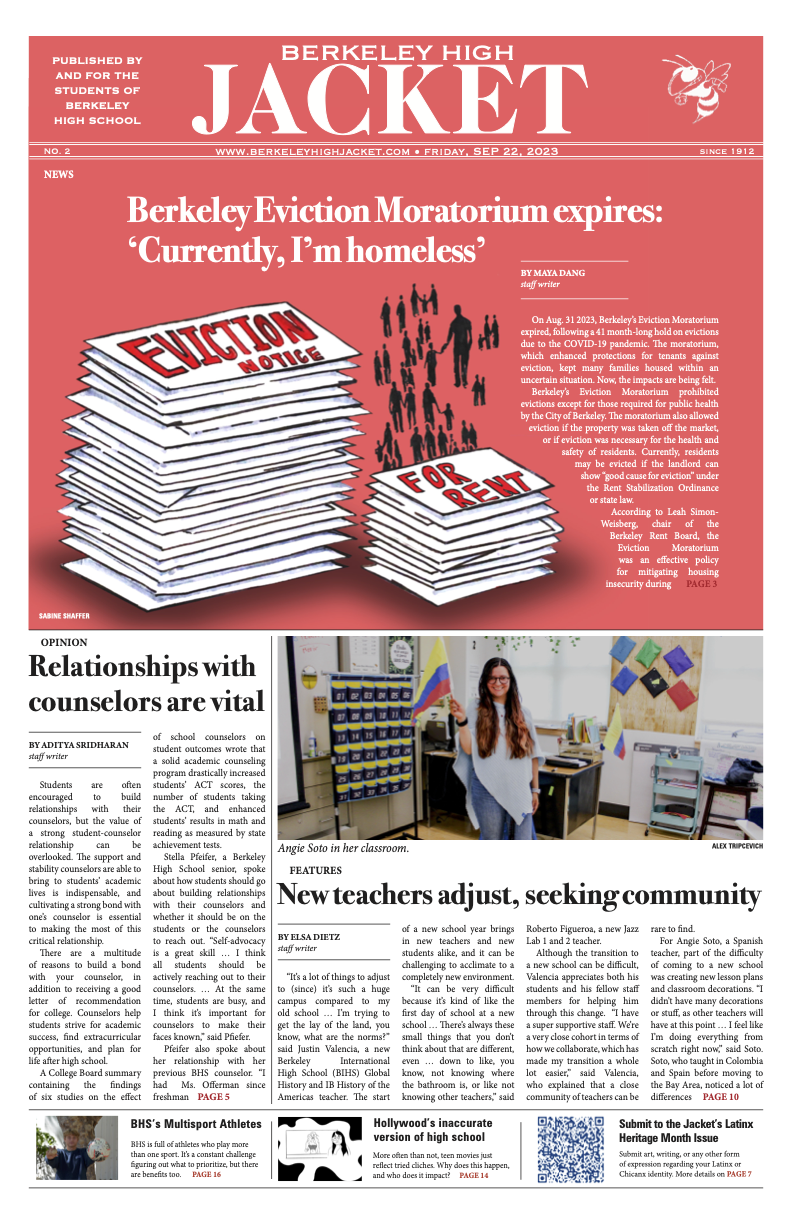Director Zach Cregger has recently solidified his place in the horror genre with the smash hit “Weapons.” The film hit theaters on Friday, Aug. 8, 2025, though conversations surrounding the movie predated its release by months. Trailers were vague and unsettling, narrated by a child’s voice and not giving much away, making the film highly anticipated, and now, highly dissected.
In Cregger’s “Weapons,” 17 third graders from the same class all vanish suddenly one night and the town descends into blame and grief. Fingers are instantly turned on Justine Gandy, the missing class’ teacher. Simultaneously, Gandy is investigating the incident herself.
The film has been described as genre-bending, making room for more comedic moments than is typical for a horror movie, but the structure itself is also very reminiscent of a whodunnit, switching perspectives between key characters and leaving viewers in the dark as to what’s taking place in the fictional Pennsylvania suburb. Making the audience guess is part of what people are loving about the film — instead of the classic horror suspense technique of dramatic irony, the mystery behind the disappearances isn’t revealed until the very end.
An unexpected area where the movie excels is with the way that it handles technology. Instead of asking viewers to turn a blind eye to the existence of security cameras, technology actually becomes a storytelling device in “Weapons.” Home surveillance cameras capture the kids leaving their homes — seemingly of their own accord — at precisely 2:17 a.m. The film uses this technology to make the point that more prevalent surveillance does not necessarily equate to more safety.
Reviews of the film have been mixed. Influxes of both five and one-star reviews have given “Weapons” an average audience score of around three. Moviegoers exited theaters either in a shellshocked state of processing, or in a goofy run, arms extended backwards in the unsettling style of the missing kids in the movie.
Cregger alludes to many relevant themes such as abuse, addiction, and power imbalance in the film. This, however, makes one particular scene feel quite out of place. In a dream sequence, Josh Brolin’s character runs after his child who is one of the missing, but instead of finding answers, he’s met with a very on-the-nose visual of a massive assault rifle floating in the sky over his home. Some have found this image haunting, others think it’s cheesy, but either way, it deviates from subtlety so hard that it seems almost as though the film is spoon-feeding its message to viewers. It’s a scene that’s garnered much attention and speculation, and as it turns out, even director Cregger doesn’t have an answer. He argues its importance, but also says he prefers it to be up to interpretation. This seems to be his overall tone regarding the movie — it’s not explicitly about any one thing. But with a subject as grievous as school shootings, should there be space for vagueness?
Whether or not a viewer is aware of the thematic discourse, they came into the theater expecting scares, and that’s an area that most affirm that the film delivered on. Cinemas were lively, with screams, gasps, and laughs at both appropriate and inappropriate times. “Weapons” isn’t a straightforward horror, the film impressively creates a rhythm where audiences are on the edge of their seats but not overly uncomfortable throughout.





